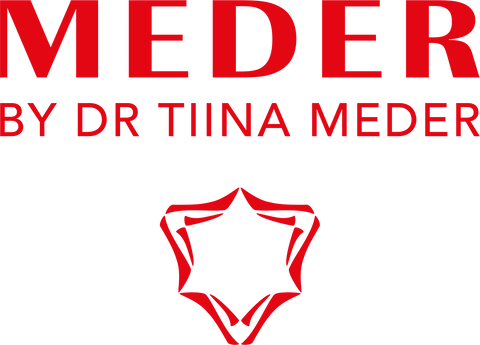The last two effects are certainly the most interesting for skincare manufacturers. Can wild yam make the skin firm, healthy and young again?
Back in 2000 BC yam was called the Nature king in China and considered a primary remedy for prolonging life. Ancient treatises mention “immortality gruel” and amazingly enough the Chinese still use practically the same recipe. If you want to try it, you’ll need 500 g of fresh wild yam root and 250 g of chicken heads. Boil root and heads, chop small, then dry and grind into powder. Add the powder to your rice bowl every morning.
The first mention of yam’s medicinal use dates back to 1289. The medieval Chinese medicine manual written by Wang Hao Gu, wild yam infusion is recommended for stimulating chi, nourishing the blood, treating diarrhoea and spleen diseases. The Aztecs and Incas are known to have used yam as a women’s medicine — for example, to reduce menstrual pain or even for labour pain relief.
It may come as a surprise, but today’s pharmacology values yam almost as highly, as medieval Chinese physicians did. Biochemical research of wild yam root has revealed that it contains many active substances, some of them unique and not found in other plants. In particular yam contains: dioscin and diosgenin — the two phytosterols that can transform into female hormones pregnenolone and progesterone; catecholamines, similar to the hormones produced by adrenal cortex; dopamine, a chemical activating the transmission of the neural impulse in the brain and the precursor of dehydroepiandrosterone (DHEA).
This means that wild yam literally contains hormones. Yam also contains a lot of vitamins, including B1, C, niacin (vitamin B3). They protect the cells of the skin and nerve tissue from damage, oxygenise the tissues, inhibit the activity of free radicals, providing healing and restoring effect, slowing down the ageing and repairing the damage caused by stress. Also found in yam are phytic acid, carotene, calcium, copper and several rare oligo elements — in particular, barium, cobalt and beryllium.
One might say, that the notorious Chinese immortality gruel was basically an ancient version of hormonal replacement therapy combined with vitamin and mineral complex. In 1943 biochemist Russell Marker synthesised 2 kilograms of female hormone progesterone from wild yam. Diosgenin, the phytosterol class substance extracted from wild yam, had been the only source of hormones for contraceptive pills until 1970. Hydrocortisone used in anti eczema creams was synthesised from Chinese and some other sorts of wild yam.
Keep in mind, however, that wild yam extract is not a hormonal medicine! Progesterone and hydrocortisone are extracted from it in a lab. However diosgenin found in yam is a phytoestrogen, a plant molecule very similar to that of progesterone.
With age the level of oestrogens, female hormones, goes down, and after climacteric hits it becomes very low. This affects the skin’s condition — it becomes thinner, loses some of its protective lipids, the syntheses of collagen, elastin and hyaluronic acid slow down. The skin’s sensitivity to oestrogens decreases too, so even hormonal therapy doesn’t always improve the skin’s condition significantly.
What happens then, when a cream with vegetable progesterone is applied to the skin? First of all, the skin’s sensitivity to real hormones gradually increases — the skin restores, at least in part, its ability to react to hormonal stimulation, including hormonal replacement therapy. The syntheses of hyaluronic acid and structural proteins in the deeper skin layers is slightly intensified — the skin becomes smoother and more elastic, less dry and sensitive, the healing process is restarting. The blood vessels in the skin also feel the mild “oestrogenic” effect — the softness and elasticity of the blood vessels is maintained, and the internal walls of micro capillaries are restored. As a result, liquid drainage improves, swelling goes down, bags under the eyes and malar bags are reduced, the facial tone becomes brighter and more even.
The wild yam extract is traditionally used for breast care as well — the regular use of diosgenin based creams reduces the discomfort in the premenstrual days, at the same time improving the skin’s tonicity and even the breasts’ shape. Traditional medicine recommended yam as an anti-inflammatory drug too. As it turned out, when yam extract is applied on the skin, the redness and aching accompanying inflammations go down as well. Despite the fact that diosgenin, the primary active molecule of both wild yam and Chinese yam extract, is a direct precursor of female sex hormones, the use of creams with yam extract is not dangerous and does not cause complications, that taking hormonal preparations often does.
The effect of phytosterols on the skin is gentle and complementary, rather then replacing. Yam’s phytosterols are not addictive, their regular application does not cause radical change to the skin, capillaries or fatty tissue. On the whole yam extract can be attributed as an anti-age ingredient, especially helpful in the menopause period. However yam extract can be used in other times too — for example to treat blemishes and other unpleasant skin reactions in premenstrual period.
